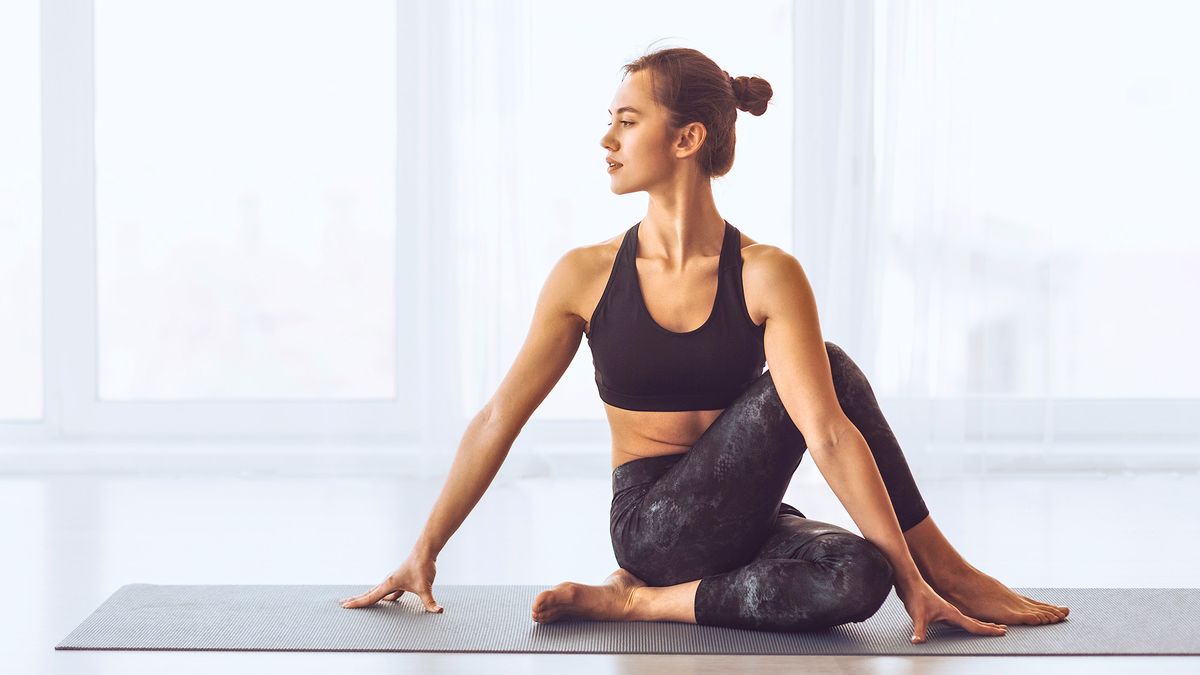
You’ve Been Stretching Wrong, Here’s How Pilates Fixes It
Pilates Pila – Stretching seems simple enough. You reach, hold, breathe, and repeat. But what if everything you thought you were doing right is actually setting you back? Recent fitness insights suggest that you’ve been stretching wrong here’s how Pilates fixes it, and the truth behind this claim may surprise even experienced gym-goers.
For decades, static stretching has been a go-to warm-up and cooldown practice in fitness routines. But studies and firsthand experiences increasingly show that traditional stretching often lacks the dynamic engagement and alignment needed to improve real flexibility and mobility. That’s where Pilates steps in not as a substitute, but as an upgrade. This low-impact, high-awareness method is correcting years of stretching misconceptions and helping people achieve deeper, safer, and more effective results.
If you’ve been spending time in forward folds, toe touches, or hamstring stretches and still feel tight, unbalanced, or stiff, it might not be your effort it might be your approach. Let’s explore how Pilates reshapes the way you stretch, align, and move.
Conventional stretching focuses heavily on lengthening muscles in isolation. You sit, hold a pose for 30 seconds, and hope that the tension releases. While this may provide a temporary feeling of looseness, it often neglects key components like core support, breath coordination, and muscle activation.
Even worse, static stretching performed incorrectly or without context can lead to overstretching, strain, or compensation in other parts of the body. This is especially common when flexibility is pursued without awareness of posture, spinal alignment, or muscular imbalances.
That’s why so many people stretch regularly and still feel tight. The missing piece isn’t effort it’s integration.
Pilates doesn’t treat stretching as a passive activity. Instead, it blends lengthening with strengthening, awareness with breath, and control with fluidity. Every stretch in Pilates is intentional, supported by core engagement and often coordinated with spinal articulation.
Rather than forcing a muscle to elongate, Pilates encourages it to release through alignment and movement. For example, instead of a hamstring stretch done with a static forward bend, Pilates might have you lie on your back, engage your abs, and extend your leg upward with controlled breath and resistance. This supports the pelvis and spine, preventing compensation and targeting the muscle more precisely.
The result is a stretch that feels deeper but safer because it works with your body’s mechanics, not against them.
One of the key differences in how Pilates fixes stretching mistakes is through breath awareness. In Pilates, breath is not just an afterthought. It’s central to the movement and the stretch.
Each inhale and exhale is designed to activate the deep abdominal muscles, stabilize the torso, and create space for controlled lengthening. When you engage your core during a stretch, you stabilize the frame that supports your limbs. This makes the stretch more effective and reduces the risk of injury.
Try stretching your hamstring while fully engaging your abdominals and exhaling through the movement. You’ll notice a massive difference not just in sensation, but in the integrity of the position.
Some classic Pilates movements that illustrate its unique approach to stretching include:
The Roll-Up: This movement stretches the entire back body while activating the core and aligning the spine segment by segment.
The Saw: A twist and fold combination that stretches the hamstrings, hips, and spine while engaging obliques.
Leg Circles: Not just mobility drills, these challenge core stability while gently stretching the hip joint.
Mermaid Stretch: A side-bending movement that opens the lateral body, spine, and shoulders with breath-led control.
Each of these moves goes far beyond what static stretching can offer. They train your body to stretch with purpose, support, and awareness.
Another misconception Pilates corrects is the idea that stretching is all about becoming longer. In truth, functional flexibility is about balance between strength and length, control and mobility.
Pilates builds strength in the stretched position, helping muscles remain stable and usable when extended. This creates flexibility that’s not just passive, but functional. You’re not just touching your toes—you’re moving better, standing taller, and reducing stiffness in daily life.
That’s why dancers, athletes, and even physical therapists integrate Pilates into their mobility training. It’s not just about range—it’s about resilience.
With more people working from home, sitting for long hours, and moving less overall, proper stretching is essential. But ineffective techniques won’t fix tight hips or stiff backs. If anything, they can make things worse by reinforcing bad habits.
That’s where Pilates offers a smarter, more sustainable way to stretch. It teaches your body to move with awareness, lengthen with stability, and support itself from the inside out.
So yes, you’ve been stretching wrong. But now, you know how Pilates fixes it.
In a world that prizes speed and intensity, Pilates offers something different: intelligence. It takes the time to understand how your body moves, where it compensates, and how it can work better.
By shifting your focus from passive length to supported mobility, Pilates transforms stretching into something powerful, efficient, and deeply restorative.
Whether you’re an athlete, a desk worker, or someone just looking to move better, Pilates can help you stretch smartern not harder.